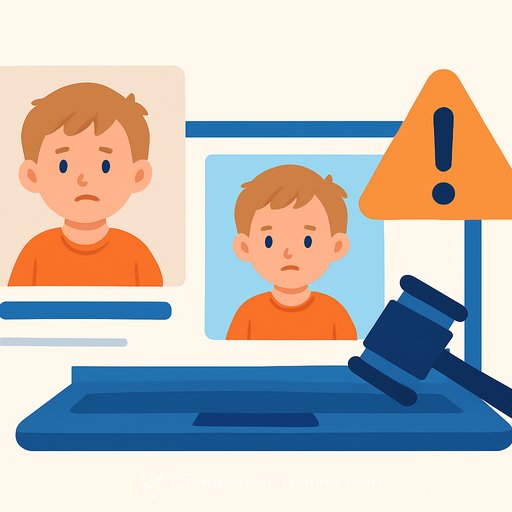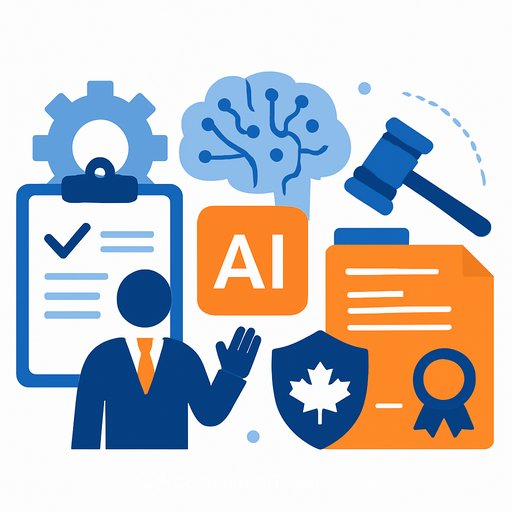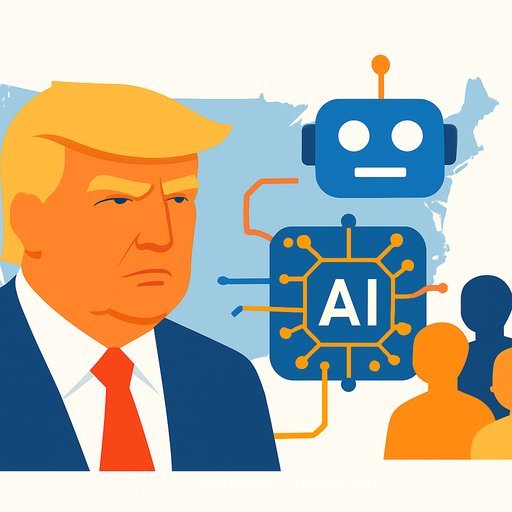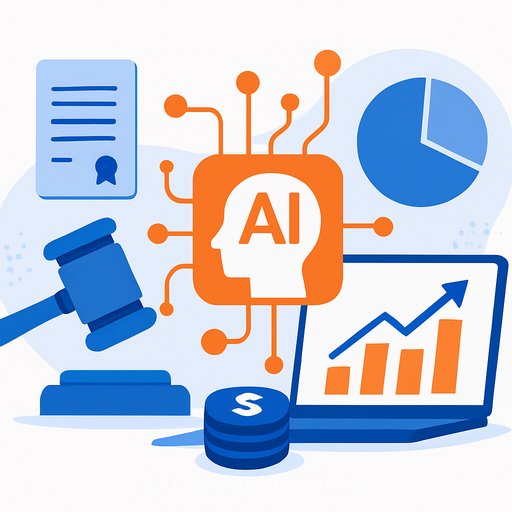AI-made images of missing 4yo Gus: legal risks, enforcement gaps, and a response playbook for counsel
A wave of AI-generated and manipulated images of four-year-old Gus - missing from a homestead near Yunta in South Australia - has circulated on Facebook in recent days. Some posts suggest a kidnapping, others claim a reunion with police in US-style uniforms. None are real.
Beyond the cruelty to the family, this material misleads the public during an active search. Legal experts warn it corrodes trust, fuels false hope, and monetises outrage via ad-laden pages.
What's spreading - and why it matters
- AI-made images of a boy being "rescued" or "abducted" have been posted repeatedly, with some posts getting thousands of reactions and shares.
- Content links to fabricated stories; contact details tied to the pages don't work. The intent appears to be traction and ad revenue.
- As one expert put it, this causes emotional harm, undermines trust, and exploits a family in crisis for clicks.
How to spot the fakes (fast)
Generative tools can still fumble lighting, depth, shadows, hands, and limb positioning. People often sense something is "off" even if they can't name it - the uncanny valley effect.
Context is critical. Check the source: who posted it, when, and whether any reputable outlet corroborates it. Reverse-image search is your friend.
The legal lens: where liability may attach
The law wasn't built for AI image hoaxes, but there are tools you can use now:
- Australian Consumer Law (ACL) - misleading or deceptive conduct (s18): False representations used to draw traffic or sell ads can fall within consumer protections, especially where pages operate as a business.
- Defamation: Posts implying criminal conduct or fabricating "facts" can defame individuals (family members, search personnel, or named persons). Consider urgent takedown and interlocutory relief if harm escalates.
- Interference with investigations: While doctrines vary, content that misleads the public or wastes police resources can be flagged to authorities and platforms as harmful to an active search.
- Online Safety Act pathways (eSafety): Removal notices may be available for seriously harmful content, especially involving a child. Use this alongside platform reporting tools.
- Passing off/false endorsement: If posts trade on police insignia or imply official involvement, explore misleading affiliation angles.
- Privacy and harassment: Consider statutory and common law options where private information or targeted abuse emerges, noting gaps in a general privacy tort.
Policy gaps and proposals
Experts point to targeted legislative options, including restrictions on AI-generated content tied to active police investigations. Enforcement remains the bottleneck: each repost spawns hundreds of copies before notices land.
Broader platform duties were floated at the federal level but stalled. That does not end the policy debate; it shifts the focus to practical, enforceable levers and industry standards (including watermarking of AI outputs).
Playbook for in-house and disputes teams
- Stabilise and preserve: Capture URLs, timestamps, and screenshots. Record engagement data. This supports notices, litigation, and coordination with police.
- Platform triage: File reports for misinformation, child safety risks, and impersonation. Use trusted flagger or priority channels if available.
- Legal notices: Issue takedown and cease-and-desist letters to page admins and hosts. Where identity is hidden, target the platform and any ad intermediaries.
- Consider urgent relief: For high-harm content, prepare an interlocutory injunction brief. Combine with ACL and defamation arguments where apt.
- Coordinate with police: Align messaging to avoid public confusion. Ask investigators if public guidance on verified sources can be shared.
- Public comms: A short statement naming verified channels reduces the oxygen available to hoaxes. Avoid amplifying specific fakes.
- Brand and advertiser pressure: Notify ad networks and sponsors tied to offending pages; monetisation is often the lever that works fastest.
- Monitor clones: Expect mirrors and copycat pages. Set alerts for key terms, image matches, and reused captions.
Practical detection aids for legal teams
- Reverse-image search: Identify recycled elements from stock or prior incidents.
- Visual red flags: Asymmetrical hands, inconsistent shadows, odd reflections, smudged textures, mismatched uniforms/badges.
- Source audit: No credible outlet, US-style police uniforms in an SA case, or unverifiable "miracle" claims are warning signs.
What platforms and AI vendors could do next
- Provenance signals: Watermarks and cryptographic provenance can help, though coverage is uneven across tools.
- Crisis protocols: Faster escalation paths for child-related hoaxes and active investigations.
- Advertising controls: Cut monetisation on flagged pages to remove financial incentives.
Helpful references
- ACCC: False or misleading claims (ACL s18 overview)
- ACMA position paper on misinformation and disinformation
Bottom line for legal teams
AI image hoaxes in a live missing child case create real harm and legal exposure. You have tools today - ACL, defamation, Online Safety Act pathways, platform enforcement, and urgent relief - even as policy catches up.
Stand up a repeatable process: preserve, report, remove, coordinate, and monitor. Starve the incentives and move fast.
Upskilling your team on AI risk
If your legal function is building internal playbooks for AI-related content risks, you may find curated training useful. See AI courses by job for practical options.
Your membership also unlocks:






